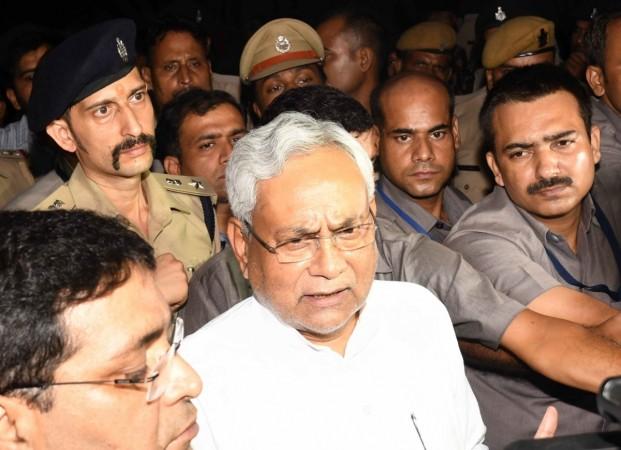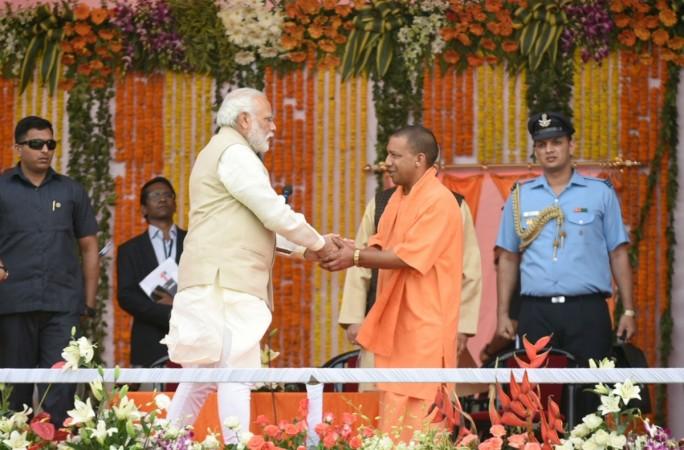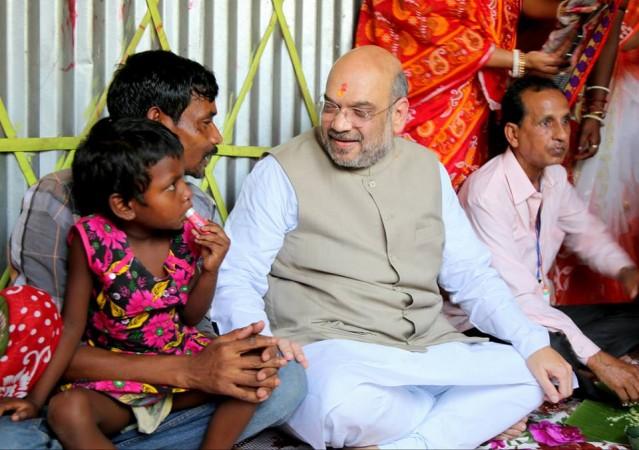The death of several newborns in a hospital in Gorakhpur, the constituency of the chief minister of Uttar Pradesh, Yogi Adityanath, has rocked the country's political and media circles. Harsh criticism is emanating from almost every quarter, seeking the BJP CM's head. Corruption and apathy towards public health are being seen as the biggest reasons that led to the tragedy, besides of course the allegedly misplaced priorities of the Adityanath government that took oath less than six months ago.
Like any other failure of the administration, the Gorakhpur disaster has also led to understandable reaction. However, if one sees the general state of public health in India, the UP tragedy is nothing new and it will be not an exaggeration to conclude that the extra-ordinary reaction is more propelled by the state's paramount political significance.
Children deaths not new in India and no CM has ever resigned over them
After Mamata Banerjee came to power in West Bengal for the first time in 2011, several children had died in a government hospital in Malda and the chief minister put the blame on the previous Left Front government, holding it responsible for allowing the state's public health slide.
Unofficial sources said the tally of children dying at the hospital was over 1,000. In fact, babies even died in large numbers in a hospital in Kolkata, the state capital, under both the Left Front and Trinamool Congress (TMC) governments. We, however, did not see a single minister resigning, let alone a chief minister and the matter also died down gradually.

In July 2013, over 20 school students perished after consuming contaminated midday meal in a school in Bihar's Saran district. The BJP and RJD, both of which were in the Opposition at that moment since Chief Minister Nitish Kumar's JD(U) had pulled out of the NDA the previous month, had condemned the government over the tragedy. Yet, we still have Nitish Kumar firmly placed as the state's chief minister, changing the camp as per his convenience. The public forgot things in due time.
If we see Mizoram, the north-eastern state has one of the worst infant mortality rate and as per the state's health department, 600 newborns died there in 2012-13. But we hardly find any mention of that in the popular media. Neither has the long-serving chief minister of the state, Lal Thanhawla, resigned for that.
The danger of Gorakhpur lies elsewhere: The threat is to BJP's political engineering
If the tragedies in states like Bengal, Bihar and Mizoram can be so conveniently forgotten, the same should be expected for Gorakhpur as well. But there is every possibility of the latest tragedy leaving a long-term repercussion for the BJP leadership. One can already see a tinge of nervousness with the Adityanath government because not only has the tragedy occurred in the constituency of an inexperienced CM but also because the BJP knows how important the state of UP is for it to continue dominating the country's politics.

The Gorakhpur tragedy is a particular threat for Prime Minister Narendra Modi's development pitch which he has been using with success to overcome electoral hurdles in various parts of the country.
Three years ago, the BJP had implemented a well-articulated plan of combining factors like Hindutva and development to make its stand unchallengeable politically and especially chose eastern UP as the launch pad. Modi himself contested the Lok Sabha election from Varanasi, a key 'spiritual' constituency and the BJP chose Adityanath from Gorakhpur as the chief minister of the state after the Assembly polls this year.
Game-changing Hindutva-development combo looks vulnerable
Since the saffron party made a special package featuring both Hindutva and development to gain political benefits in the fertile soil of eastern UP, the Gorkahpur tragedy has hurt it badly. Since it spoke about development again and again, the perennial issue of encephalitis in the region has become a talking point.
Since it overstressed Hindutva agenda, questions are being raised about its priorities in administration. And also, since the BJP has put much emphasis on transparency, the talks that the hospital ran out of oxygen cyliners because of corruption will also challenge PM Modi's assurance of gifting a transparent administration.

Had the BJP not engineered its exclusive political doctrine, the babies' death in Gorakhpur would have perhaps created less impact. But since it has not, the BJP's think-tank has to ensure a balance between the twin ingredients of its strategy – Hindutva and development.
The Gorakhpur tragedy will remind the BJP lightly the after-effects of the 2002 Gujarat riots. Although Modi, who was the chief minister of the western state then, had won the next elections comfortably because of the state's own majoritarian political culture, Atal Behari Vajpayee, the then prime minister who had expressed his discontent over the riots in which several Muslims lost their lives, failed to win the national elections in 2004. PM Modi should not lose sight of the history and ask his party to not take the massive verdict of 2017 in UP for granted. Afterall, in a democracy, you never know what lies beneath.














